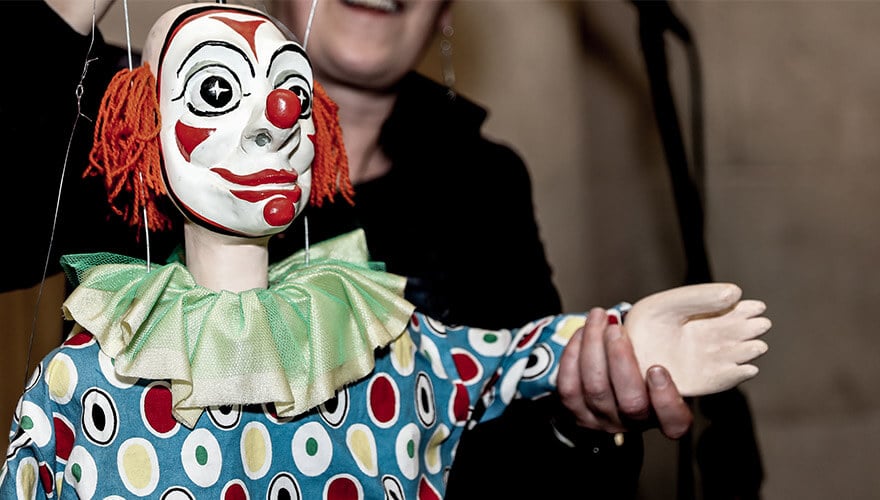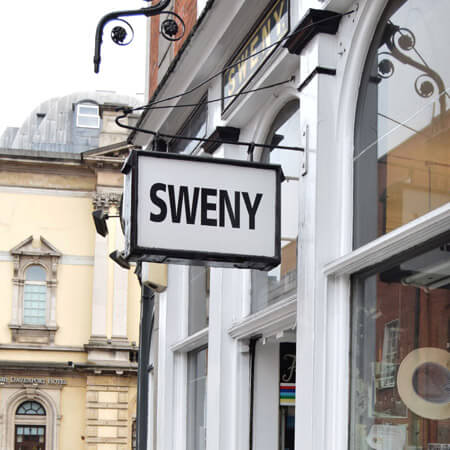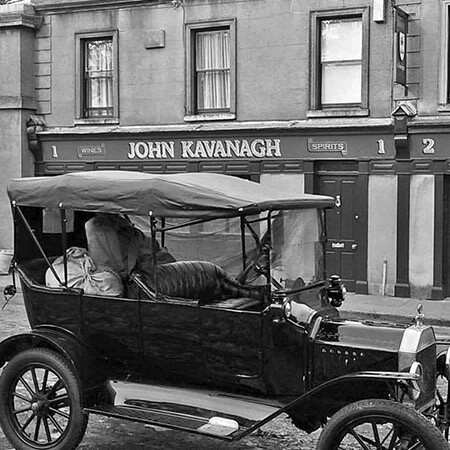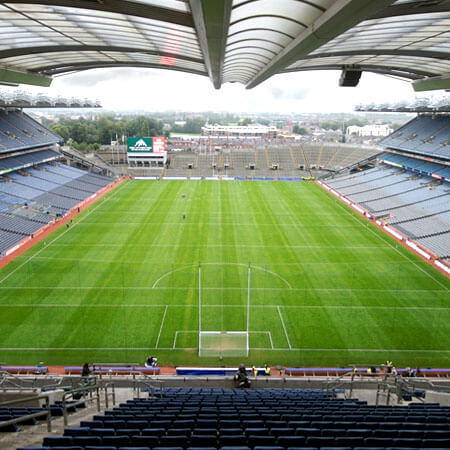The inner city landmark that has touched Dublin’s wit, art and watering holes
“Do you know the Five Lamps?” If you’ve heard this question before – and been foolish enough to answer in the affirmative – you’ll know not to answer it again.
Essentially, this is a peculiarly Dublin way to tell someone to shut up or to feck off: “Do you know the Five Lamps? Well, go hang your bollocks off them!”. No one actually knows how this old saying originated, but hats off to whoever came up with it. Today, it’s a beloved feature of inner city Dublin culture.
Where is the Five Lamps?
The lamps in question are in Dublin’s North Strand area, situated at the junction of five streets: Portland Row, North Strand Road, Seville Place, Amiens Street and Killarney Street. There, you’ll find it standing on an island in the middle of the road: a decorative five-branched lamppost.
A 19th century gift bequeathed to the city
The cast-iron structure was erected around 1880 as a memorial to Lieutenant General Henry Hall, a soldier from Athenry, county Galway. He also had an address in Stillorgan. Merville House, his old house there, is currently home to NovaUCD – the university’s innovation and research hub.

Henry served in India with the Bengal Army and was superintendent of the Ajmer-Merwara region of India for 13 years. When he died in 1875, his will made provision for the erection of a drinking fountain “to encourage sobriety”: the Five Lamps is that fountain.
You can still see the four basins which once held water. These were filled from spouts in the shape of lions’ heads, which are also still intact. Originally, there would have been metal cups chained to the base to facilitate on-the-spot refreshment.
A local theory says there are five lamps because of the five streets which meet at this junction. Another theory is that the lamps commemorate the five major battles fought during the Indian Mutiny. Or that they represent the five lamps lit for luck during the Hindu Diwali festival.
A more mundane explanation is that this is simply an example of an off-the-peg five-lantern design. The fountain was manufactured by the Sun Foundry in Glasgow; the two fountains in the People’s Park in Dún Laoghaire were also made there.
The Five Lamps’ contemporary influence
The abstemious Henry would doubtless be pleased to see that The Five Lamps pub across the road is no longer there. After decades in business, a charity shop has taken its place.
Though the Five Lamps themselves are lucky to still be standing. During World War II, three bombs were dropped by German planes in the North Strand area, killing 28 people, injuring 90 and damaging 300 houses nearby. Somehow, the Five Lamps survived the attack.
They went on to get a mention in the 1978 Boomtown Rats song Rat Trap: “Just down past the meat factory door, The Five Lamp boys were coming on strong”.
Despite its 19th century origins, the famous landmark continues to inspire giving its name to a Dublin brewery, a modern Irish pub in New York and a local arts festival.

Joey from the Five Lamps Arts Festival
The Five Lamps Arts Festival takes place in Dublin’s north inner city every April. It features a series of shows, plays, exhibitions, workshops and tours. From Maria McGrane’s photographs of Sheriff Street residents to Peter Sheridan’s play set in a local convent, the festival celebrates the talent we have right here in the heart of Dublin. It also brings Dubliners and tourists to the area – and a bit of a shine to the Five Lamps!
So the next time someone asks if you know the Five Lamps, you probably shouldn’t respond. But sure, you can always ask them where the Stag’s Head is: it’s about five feet from his arse…
To find out more about The Five Lamps Arts Festival, which takes place every April, visit the official website.


